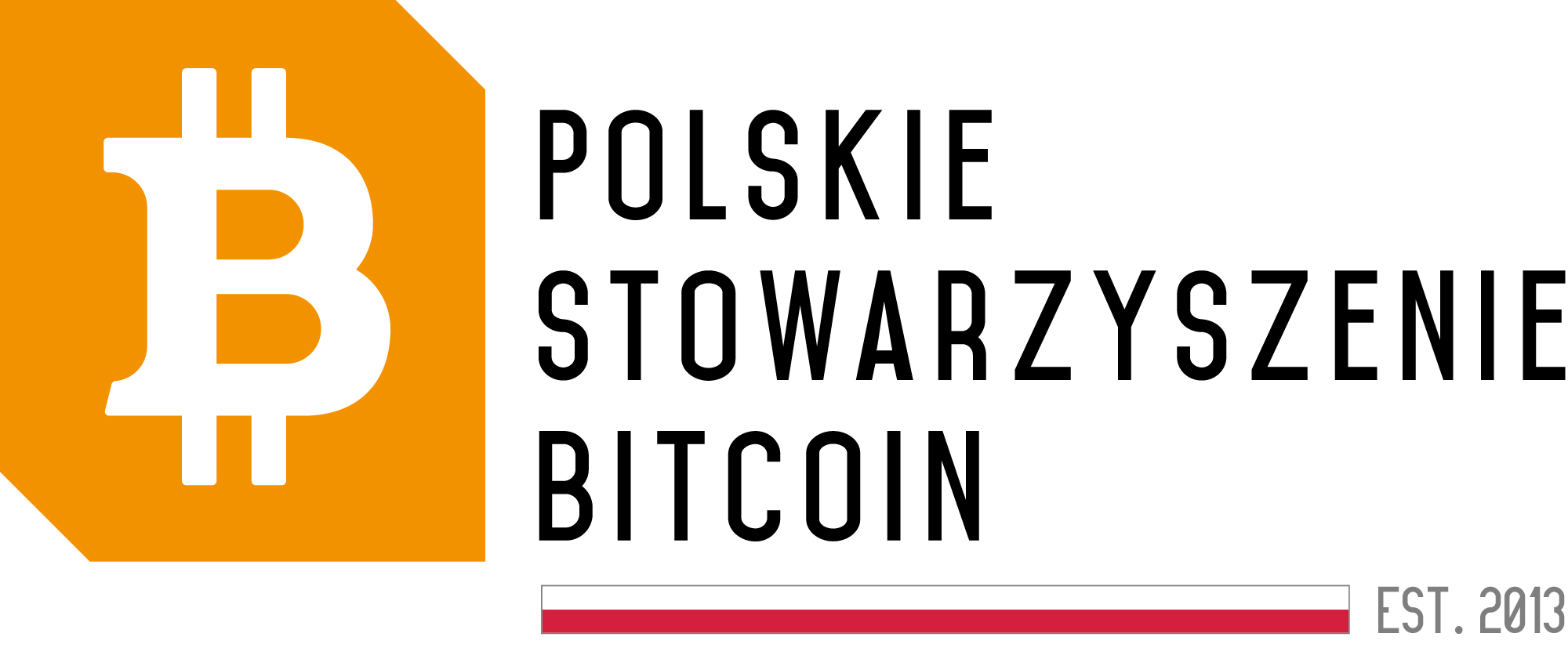The History of Inflation in Poland, Part III – 15th-17th Century: Neighbor Against Neighbor

We have finished the tale of inflation in Poland during the reign of the Jagiellonian dynasty, who, to put it mildly, did not prioritize the quality of the currency. However, it turned out that the greater threat to the economy lurked beyond the borders.
History of Inflation in Poland, Part I – From Mieszko I to Kazimierz Wielki
History of Inflation in Poland, Part II – The Jagiellonian Dynasty
In the 15th century, a distressing process began, which lasted until the partitions of Poland and was one of the factors contributing to the downfall of our country. What was it about? It was about the debasement of money. Inflation had already devastated the Roman Empire centuries earlier, so how could it not destroy the Polish-Lithuanian Commonwealth? But let’s go through it step by step…
Family Matters: Only Take Family Photos
Yes, the old rule that you only look good with your own family in photographs also applied to the Jagiellons (although they never managed to take a joint portrait). In the 16th century, Ludwig Jagiellończyk ruled over Bohemia (let’s return to that tangled genealogy—he was the grandson of Kazimierz Jagiellończyk and the nephew of Zygmunt Stary, who ruled over Poland at that time). We don’t know what exactly offended his family in Poland, but in 1516, he established a mint in Świdnica, where the so-called Świdnica grosz was minted—an exceptionally poor-quality coin that was introduced into circulation in our country. How was that possible? Well, Ludwig used the same coat of arms as the Polish branch of the family! In 1554, the Polish Jagiellons began a campaign to buy back weak coins from the market in order to replace them with new, better units. Unfortunately, this process was lengthy, and Czech grosz coins continued to harm our economy for a long time.
Don’t Trust the Germans!
Here, I am by no means encouraging readers to be distrustful of their contemporary neighbors beyond the western border. However, the actions taken by Albrecht Hohenzollern, who ruled over the Polish fiefdom of Prussia from 1535, were not fair. Just like Ludwig, he minted poor-quality coins and introduced them into the neighboring market. But he was a bit more subtle. From one silver thaler, he minted one more coin than was done in Poland. Even the appearance of the currency closely resembled the Polish one, making it easier to deceive.
Both of these inferior coins posed a significant threat because, according to Gresham’s Law (also known as Copernicus’s Law), they pushed good coins (produced by Polish mints) out of circulation. People transacted with the bad coins, while they held onto the strong ones as savings. Furthermore, this practice spread, and later, the German Empire and the Swedes joined the Czechs and Prussians. The German Empire established mints in Königsberg and Wrocław, where Polish silver coins were transformed into thin szeląg coins. Thanks to this, the enemies weakened the economy of their neighbor.
The Reasons for Coin Debasement
What is worse is that all these actions were carried out legally. Ludwig Jagiellończyk had the right to use the same coat of arms as the Polish branch of the family, and Prussia was a fiefdom of Poland. It is also worth noting that the coins minted in our country lacked proper safeguards against such practices. The only symbol indicating the legality of the currency was the inscription “Rex Poloniae,” which was easily counterfeited.
To understand these currency wars, we must take a broader look at Poland’s situation in the 15th, 16th, and 17th centuries (and beyond). Europe during this period began to consist of centralized and large states that clearly competed with each other through economic warfare, among other means. The greatest influx of poor money occurred during the Thirty Years’ War in Europe from 1618 to 1648. What was even worse, the general trend of coin debasement also gave some permission to Polish rulers to continue this practice within their kingdom.
The Polish-Lithuanian Commonwealth found itself trapped. At the beginning of the 17th century, the silver content in the coins was reduced every few years. Why? Because good coins were being acquired in transactions by foreign enemies, causing the precious metal to be exported beyond Poland’s borders, while lower-quality units with less silver circulated within the country. Adding to this the continuous wars (just reach for Sienkiewicz’s Trilogy to understand that at that time, almost everyone was at war with each other), which also had their costs, the impending catastrophe became evident. By 1658, the debt owed to the army reached 36 million złotych.
A Good Joke Is Worth a Laugh
I cannot fail to mention Andrzej Tymfa, the leaseholder of the mint during Jan Kazimierz’s reign. He began minting coins called “tymfy,” which became synonymous with bad money. What scale of debasement are we talking about? He managed to melt over 450,000 coins into over 800,000!
That’s not all. To deal with the debt owed to the army, the Sejm ordered the issuance of the so-called “boratynek” (named after Tytus Boratynski, another leaseholder of the mint), which were copper szeląg coins. When they were introduced into circulation, Gdańsk and Prussia responded with outright rebellion!
But the farce doesn’t end there! The boratynek coins were not enough to repay the army. Therefore, in 1661, the Union of the Holy pledged, consisting of soldiers who were not paid their wages. A two-year war broke out, with the Union of the Holy fighting against Stefan Czarniecki’s Union of the Godly (inventing a rather malicious nickname, the legendary hetman wanted to display a certain irony). Ultimately, an even greater number of boratynek coins were minted to settle the army’s debt.
The complete collapse of the economy occurred after the Swedish Deluge. Literary heroes like Andrzej Kmicic or Michał Wołodyjowski may have bravely fought for the homeland, but a sword is usually not sufficient to fix economic issues. From that time until the reign of the Saxon dynasty in the 18th century, no Polish coins were minted, and weak copper coins became the standard currency in Polish territories.
To be continued…







